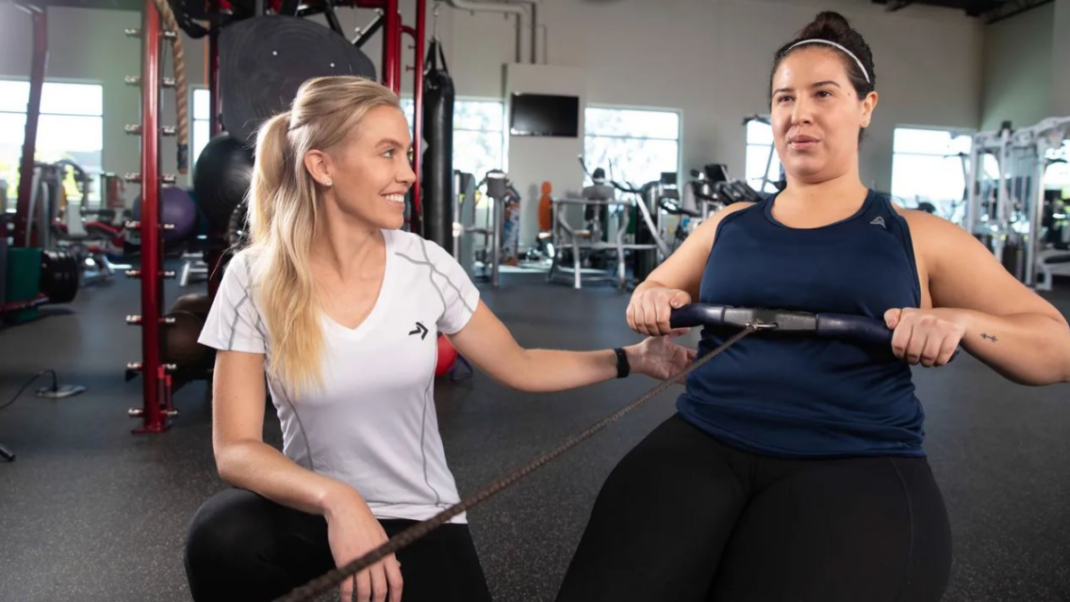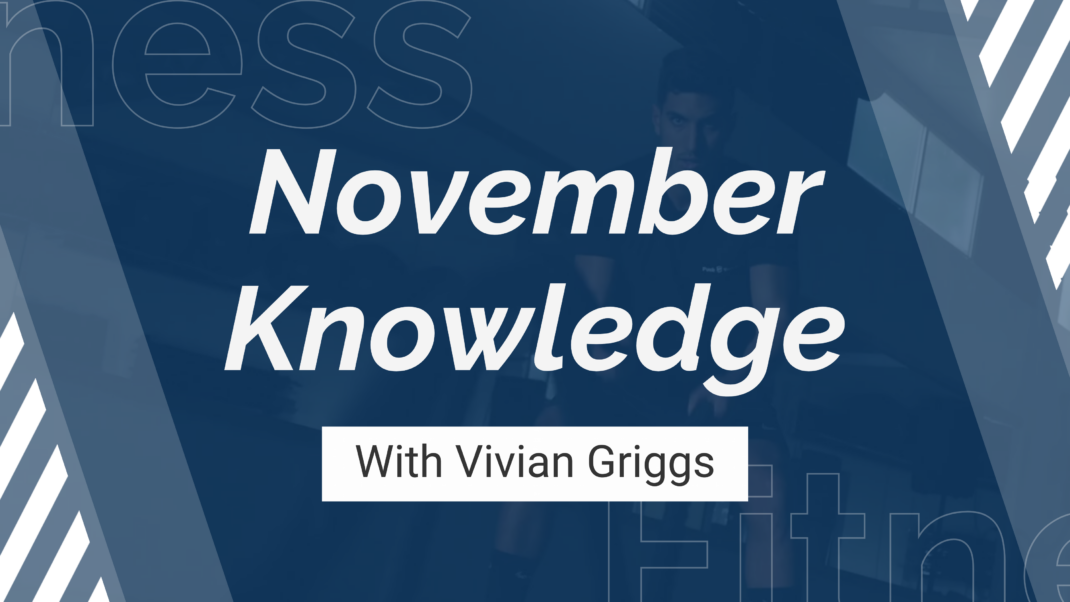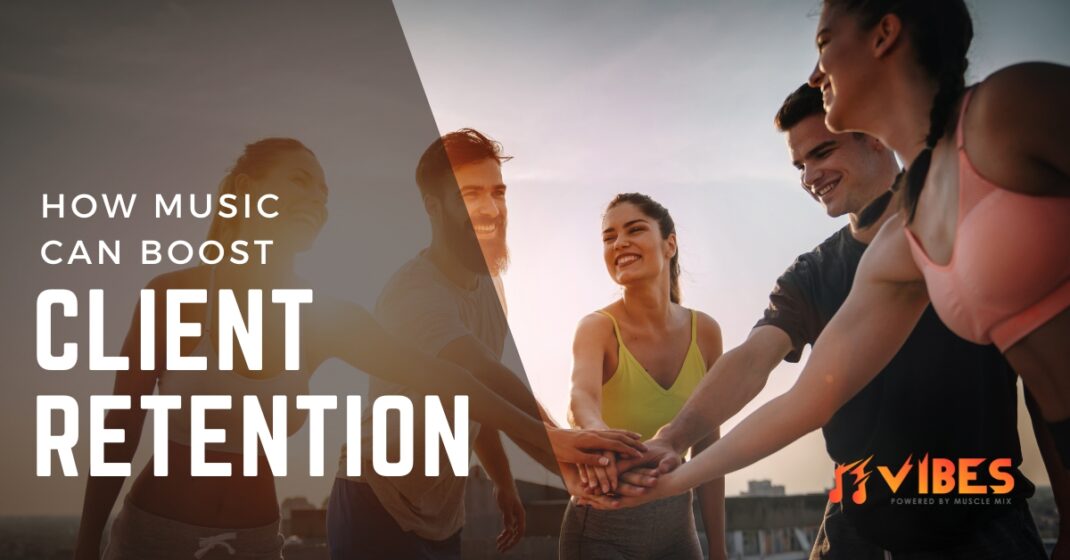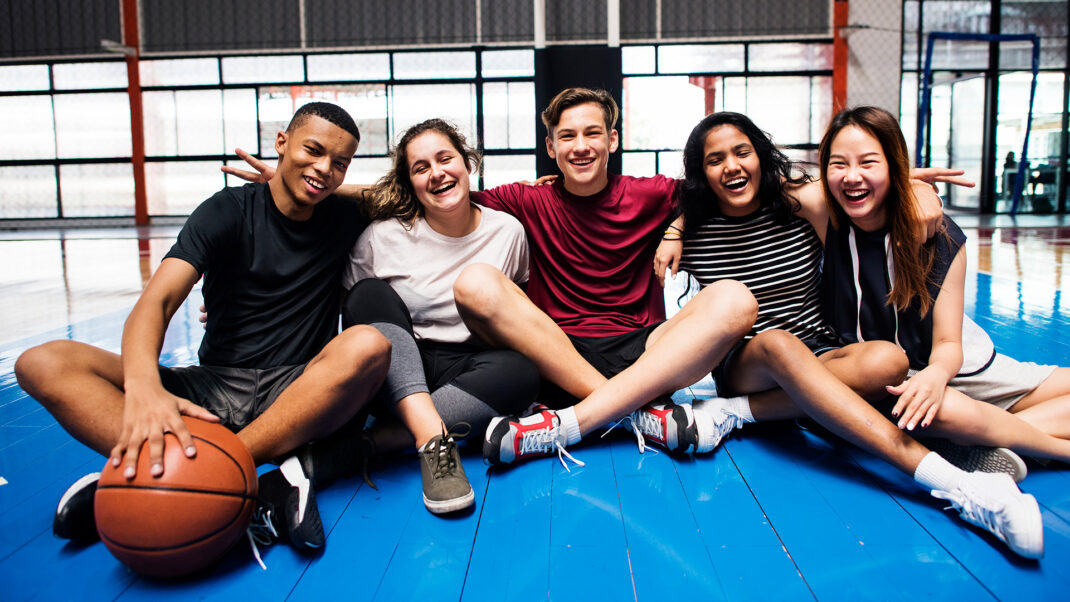At Studio “A” in Montreal, we have a great focus on the youth market. About 90% of our 1,400 dancers are under 18 years of age, while some are as young as 3 years old. When youngsters are learning motor skills for dance or exercise, they sometimes start out looking like newborn fawns, all gangly and uncoordinated. As kids begin to master basic movement skills, they develop greater self-confidence and enhance their ability to acquire additional skills.
Improving basic reaction skills, balance, core and extremity strength, and flexibility equips kids with the tools to participate in a myriad of activities at a higher performance level. It’s almost always more fun to do an activity when your skills are strong.
I have worked as a personal trainer with kids as young as 11–12 years old. I’ve found that children 12 years or younger can find it challenging to focus during one-on-one sessions, although they might perform very well in a group activity with their peers. However, I have been satisfied with the general progress of my 13- to 15-year-old soccer and hockey athlete clients.
Although youngsters develop both physically and cognitively at different rates, they have one thing in common: the desire for the “fun factor.” This factor is critical to personal training and group activities. Trainers who choose to work on a one-on-one basis with children need to remember that kids are not little adults and that their reasons for participating are usually vastly different from those of their parents.
Peter Churchill, CPT (ACE), CSCS
Co-Owner and Personal Trainer,
Studio “A” Dance Studios and
High Performance Centers
Montreal, Quebec
I am very comfortable working with children (especially girls) because I have two girls of my own and have coached youth sports for more than 8 years. I have trained several girls in their teens (the youngest being 15) and might train a child as young as 10. However, to take on someone so young, I would need to be sure of her goals and motivation.
I live in a very affluent community, where parents hire private sports coaches for children as young as 8 years old, and I do not want to be a part of this type of frenzy. If I felt a child sincerely wanted to lose weight in a healthy way, I might consider working with her. I would also need to feel sure I could make the training enjoyable; the last thing I want to do is turn a child off fitness at a young age!
The teens I have worked with were ages 15 and up, and I was very comfortable working with girls at this age. They had clearly defined goals. Two of them wanted to improve their fitness levels for sports, and the others wanted to lose weight. They were self-motivated and willing to adopt healthy lifestyle changes. If I felt younger children were so motivated and were not being pushed into training, I might possibly work with them as well.
Janet Weller, RN
IDEA Master Personal Fitness Trainer
Owner, Weller Bodies Personal Training
Closter, New Jersey
My trainers complete approximately 1,300 personal training sessions per week, of which 100–150 are with children between the ages of 6 and 16. The training sessions, which are fun, educational and motivational, are designed to encourage children to get involved in sport, to develop a more active and healthy lifestyle and to increase self-esteem and confidence.
With childhood and adolescent obesity at an all-time high, the activity level of most kids at an all-time low and more avenues to a fat body than ever before, I believe it’s time for some people to stop worrying so much about what’s politically correct (e.g., Should a child use a trainer?) and start concerning themselves more with the reality of a nation of catastrophically obese, unhealthy kids. Having personally been an obese child (200 pounds at age 14), I have an immense understanding of and empathy for kids who struggle with their health, fitness and weight (and all of the associated issues).
In an ideal world, all kids would play sports, lead active lives and have no need for exercise professionals at 6 years of age. However, we don’t live in an ideal world. When we work with young clients, our primary objective is to educate, motivate and inspire them to create a healthy, fit, functional body with no emphasis on the aesthetic.
Typically, our trainers work with very young children (5–8 years of age) only if their health is at risk (e.g., they are morbidly obese) and it appears that personal training is the most practical and logical course of action for them. We find that some children are not comfortable participating in team sports or school-organized sporting programs. These children may respond far better to the supportive relationship and fun environment that the one-on-one training environment provides. When we train young children, we usually work in conjunction with allied health professionals (dietitians and doctors).
Craig Harper
Owner/Director, Harper’s Personal
Training
Brighton East, Victoria, Australia
I will train clients of any age. However, I consider population-specific variables with clients from different age groups. When working with teenage clients, trainers need to be very aware of the possibility of joint compression forces to the spine, hips, knees, ankle and shoulder girdle. A young teen who has not reached puberty is at high risk for growth cartilage injuries; therefore, high load should not be applied to the joints.
Teenagers also like to get into the workout immediately and usually aren’t patient enough to warm up properly. This can lead to muscle pulls and strains. With teens, trainers should focus on addressing the body as a whole and providing a functionally based, multiplanar and multidimensional workout. This will ensure that all joints, muscles and tendons are loaded effectively and will reduce the risk for future injury.
With this population, it is also very important for trainers to address lifestyle concerns and nutrition habits (within scope of practice), as the teen years are the time when behaviors become habitual. It is a wonderful experience training teenage clients, because with a successful relationship you can affect lifelong change.
The primary goal of training children or teenagers should be neuromuscular facilitation and the improvement of coordination and motor control. At this young age the brain is constantly developing new neural pathways, and trainers should be very cognizant of ensuring that all the senses are stimulated. Use a variety of movements, training surfaces, movement patterns, tactile changes (i.e., medicine balls, stability balls, etc.), auditory cues, and environments for the eyes and vestibular system.
Justin Price, MA
Owner, The BioMechanics
San Diego, California
The youngest clients I have personally trained were adolescents 14–15 years old who needed guidance to improve in their particular sports at school. However, research studies strongly suggest that resistance training for youth brings positive benefits. Children as young as 7–8 years of age who undergo a well-supervised resistance training program will gain muscular strength and endurance. Most experts agree that in the initial adaptation period, the training protocol for children and adolescents should feature high repetitions (i.e., 1 set of 10–15 reps) and light to moderate loads, with a minimum frequency of twice per week on nonconsecutive days.
However, it is crucial that trainers expose children to a variety of activities that will enhance all the components of physical fitness, including cardiovascular fitness, muscular strength and endurance, body composition and flexibility. Activities should be properly instructed, safe and, most important, fun!
Carla B. Sottovia, PhD
2005 IDEA Personal Trainer of the Year
Assistant Fitness Director/Senior
Personal Trainer, The Cooper
Fitness Center
Dallas, Texas
The youngest client I have trained was 3 years old. He was a sibling of a 6-year-old I was training, and he enjoyed watching his sister so much that I ended up helping him as well. The two of them had sensory problems, so I used yoga exercises and games to work on these problems with them. Yoga helped them with their internal connections and their balancing skills, and the children were able to use their imagination. We also focused on breathing techniques to help them with their sensory issues. These kids were a total pleasure. The key to training very young clients is to make training fun, or else they will never buy into it.
Katrina Marie Phillip
Independent Contractor, Energetic Juniors
New York City





